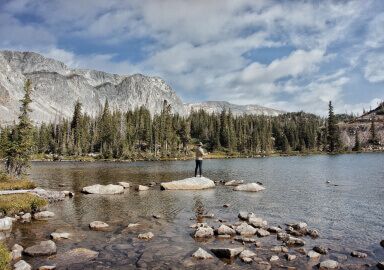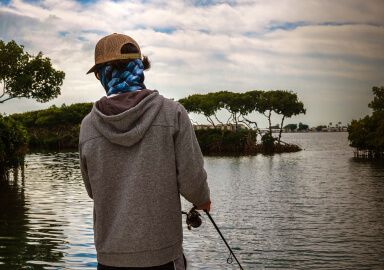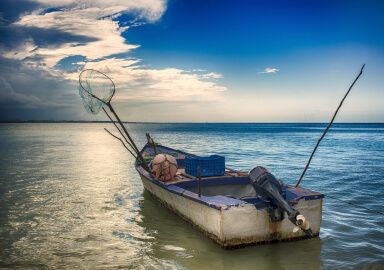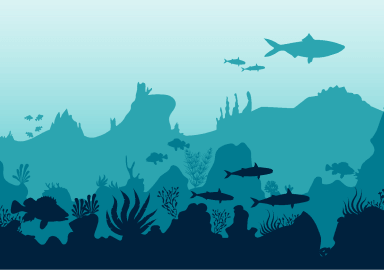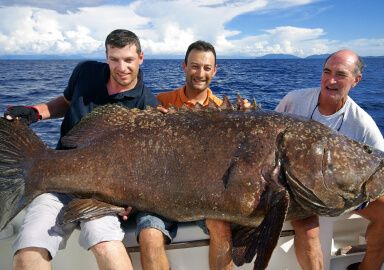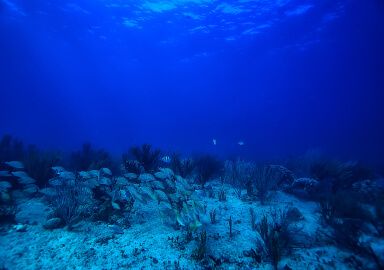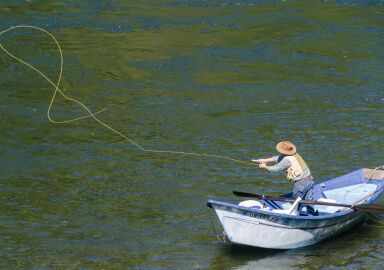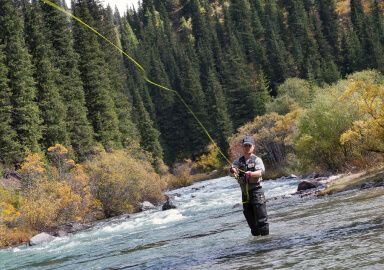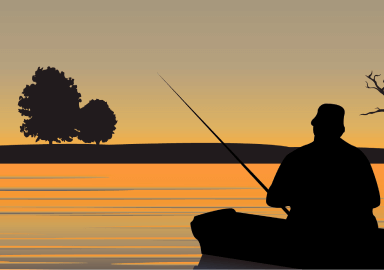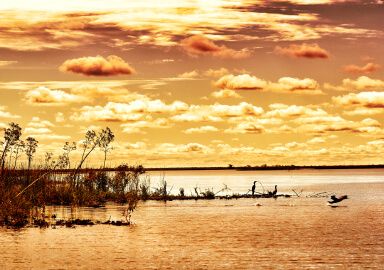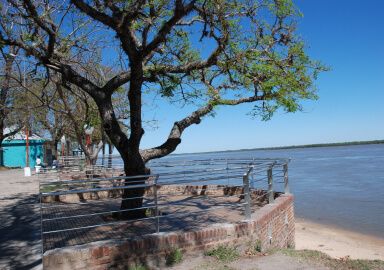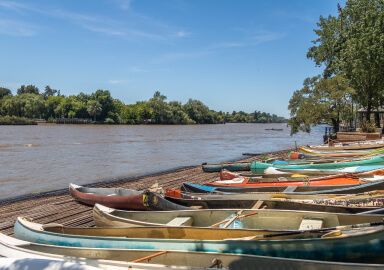Fishing in Rio Grande Do Norte
On the eastern tip of South America, Rio Grande do Norte is a land of endless beaches and great fishing. Troll for tuna in the blue Atlantic, battle snappers over reefs, or surfcast on sunlit tropical sand, the state delivers an unforgettable Brazilian fishing experience
View 1 listing
1
listings
–
price starting from
10
fish species
–
to the nearest trip
About Rio Grande Do Norte
Situated on the northeastern tip of Brazil, Rio Grande do Norte boasts over 400 kilometers of coastline along the Atlantic Ocean, and enjoys year-round sunshine, steady trade winds, and a strong fishing culture. Its capital, Natal, known as the “City of the Sun,” is not only a popular beach destination but also a great starting point for saltwater fishing adventures. The coast features a dynamic blend of sandy beaches, coral reefs, rocky points, and estuarine zones, making the state one of Brazil’s most versatile nearshore and offshore fishing regions.
Thanks to the influence of the South Equatorial Current, the waters are rich in oxygen and baitfish, supporting both game species and reef dwellers. The fishing season is year-round, with the best offshore conditions typically from October to March, while inshore and beach fishing remain productive throughout the year. Easy access, reliable charter services, and strong local expertise make Rio Grande do Norte an excellent destination for both seasoned anglers and casual fishers.
Fishing Types
Although the name of the state literally translates as “The Great Northern River” - meaning Potenji, which in the local language translates as “the shrimp river” - fishing in this region focuses on saltwater angling. Both offshore big game fishing, reef and wreck fishing, inshore spinning, and beach casting are readily available. From Natal, Tibau do Sul, and Baía Formosa, charter boats head offshore to target pelagics in deep water. The continental shelf drops off quickly, allowing for quick access to deep sea fishing grounds.
Closer to shore, coral and rock reefs host abundant bottom species, ideal for jigging or bait fishing. Estuaries and mangrove-lined bays provide calm-water options for light tackle anglers, while surfcasting from beaches like Ponta Negra, Genipabu, or São Miguel do Gostoso is a favorite local pastime, often yielding a wide variety of inshore fish.
Targeted Fish Species
Offshore, anglers can target yellowfin tuna, skipjack tuna, sailfish, wahoo, and mahi-mahi (dorado), particularly from late spring to early autumn. Occasional blue marlin are hooked in deeper waters, especially during hot water peaks.
Reef fishing produces grey snapper, grouper, Jack Crevalle and permit, while nearshore waters are home to snook (robalo), jacks, mackerel, croaker (corvina), and mullet. The region also sees runs of tarpon, ladyfish, and other tropical species in estuarine systems and surf zones.
Fishing Techniques
Trolling is the preferred method for offshore pelagics, using a mix of skirted lures, rigged natural baits, and teasers to attract tuna and billfish. Live baiting is also effective for tuna and wahoo, especially near current edges and floating debris. Bottom fishing with natural bait like squid, sardines, or cut fish works well over reef structures for snapper, grouper, and amberjack.
Jigging—both vertical and slow-pitch—is gaining popularity for targeting aggressive reef predators. Inshore, spinning with lures or live shrimp is common in mangroves and estuaries, particularly for snook and small jacks. Surfcasting with long rods and heavy rigs allows beach anglers to target corvina, pompano, and ladyfish, especially around high tides or during baitfish migrations. Saltwater flyfishing is growing in popularity.
